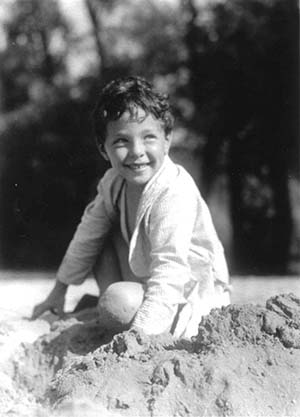 Edmond I Eger II was born Sept. 3, 1930, in Chicago, the son of an advertising executive. The young Ted Eger received ether anesthesia at ages 6 and 10, experiences that would haunt him and guide him into a career to improve anesthesia care. In both cases, he felt restrained, suffocated, and drawn into a black vortex as consciousness disappeared.
Edmond I Eger II was born Sept. 3, 1930, in Chicago, the son of an advertising executive. The young Ted Eger received ether anesthesia at ages 6 and 10, experiences that would haunt him and guide him into a career to improve anesthesia care. In both cases, he felt restrained, suffocated, and drawn into a black vortex as consciousness disappeared.
Dr. Eger graduated from Hyde Park High School at the age of 15, having led his school checker team to two consecutive victories in the All-Chicago Checker Championship. He graduated in the lower 20 percent of the class, however, and after his first (and only) day of selling women’s shoes, he resolved to improve his study habits. He enrolled in Roosevelt College and was able to transfer to the University of Illinois one year later, from which he graduated Phi Beta Kappa with a major in chemistry and a minor in mathematics. Later that year, he enrolled in Northwestern Medical School, from which he graduated in 1955. He had expected to pursue a career as a general internist, when an epiphany during an externship directed him to a career in anesthesia instead: assisting with the care of a patient receiving the anesthetic thiopental by infusion, the patient’s breathing gradually slowed and finally stopped, whereupon Eger discovered that he could move air in and out of the patient’s lungs by squeezing the anesthesia breathing bag, thus keeping him alive. This power of controlling a person’s breathing with his hands, coupled with the haunting memory of his own sense of suffocation during anesthesia, inspired him to embark on a career in anesthesiology. He was determined to improve on what he had experienced as a child.
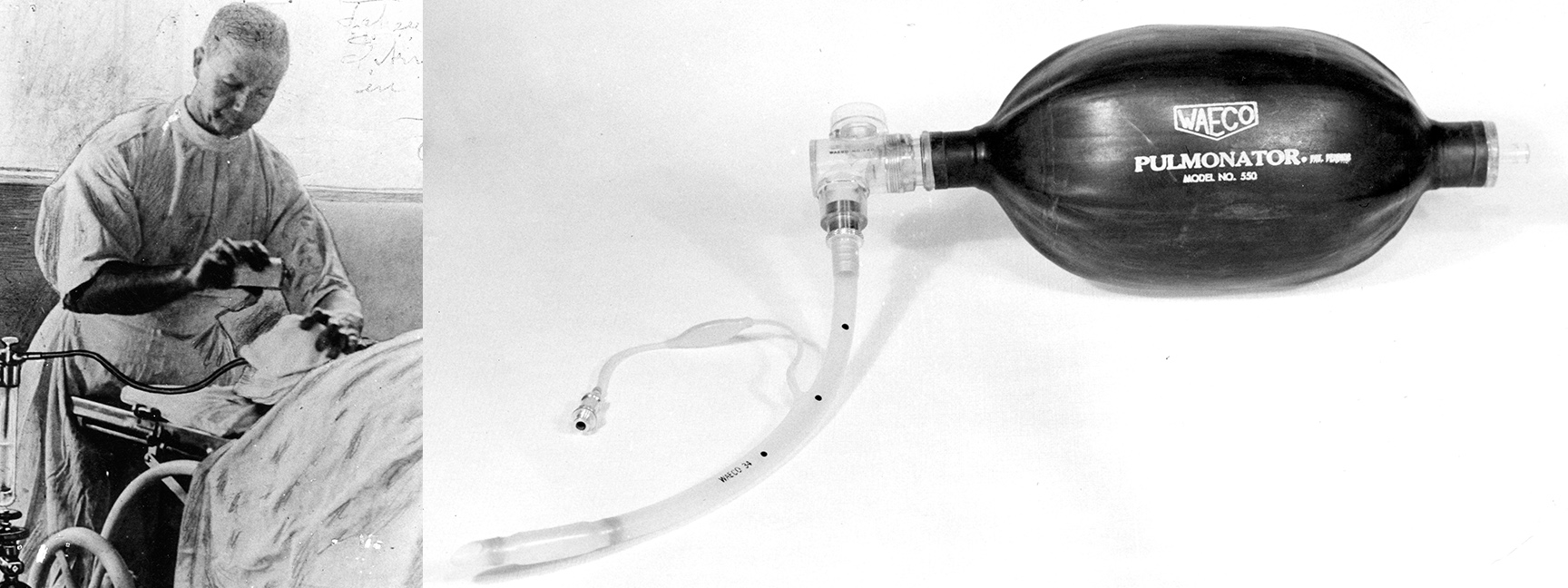
Following a one-year internship at St. Luke’s Hospital in Chicago, Dr. Eger began residency training at the University of Iowa with a new baby and wife, Dollie Ross Eger, in tow (after 25 years of marriage, they divorced in 1983). Under the leadership of Iowa’s Dr. Stuart Cullen, Dr. Eger began publishing his first research papers and also began working with another anesthesia resident, Dr. John Severinghaus, who successfully challenged Dr. Eger’s initial notions about the physiology of uptake and distribution. Dr. Eger followed him to UCSF to work as his research fellow and spent the next 50 years applying precise mathematical detail to answer the questions that Dr. Severinghaus had posed while they were residents.
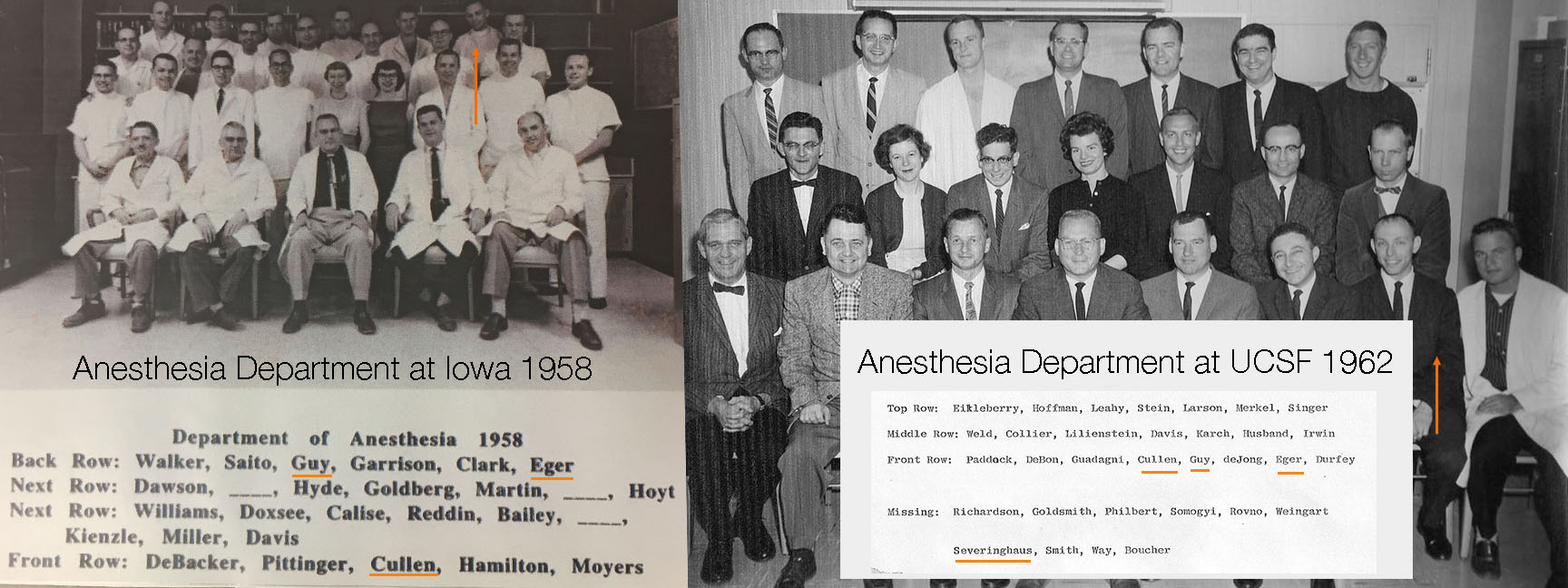
Dr. Eger’s research, with numerous collaborators, led to more than 500 peer-reviewed publications, including nine of the 100 most highly cited anesthesia-related publications. His research trainees include the editors-in-chief of Anesthesiology and Anesthesia and Analgesia; two medical school deans; four recipients of the Distinguished Service Award from the American Society of Anesthesiologists; four recipients of the Excellence in Research Award from the American Society of Anesthesiologists; and 24 chairs of departments of Anesthesiology. Dr. Eger has received numerous awards for his research and leadership roles in anesthesia, including the Distinguished Service Award and the Excellence in Research Award from the American Society of Anesthesiology, and is an Elected Fellow of the Royal College of Surgeons, London.
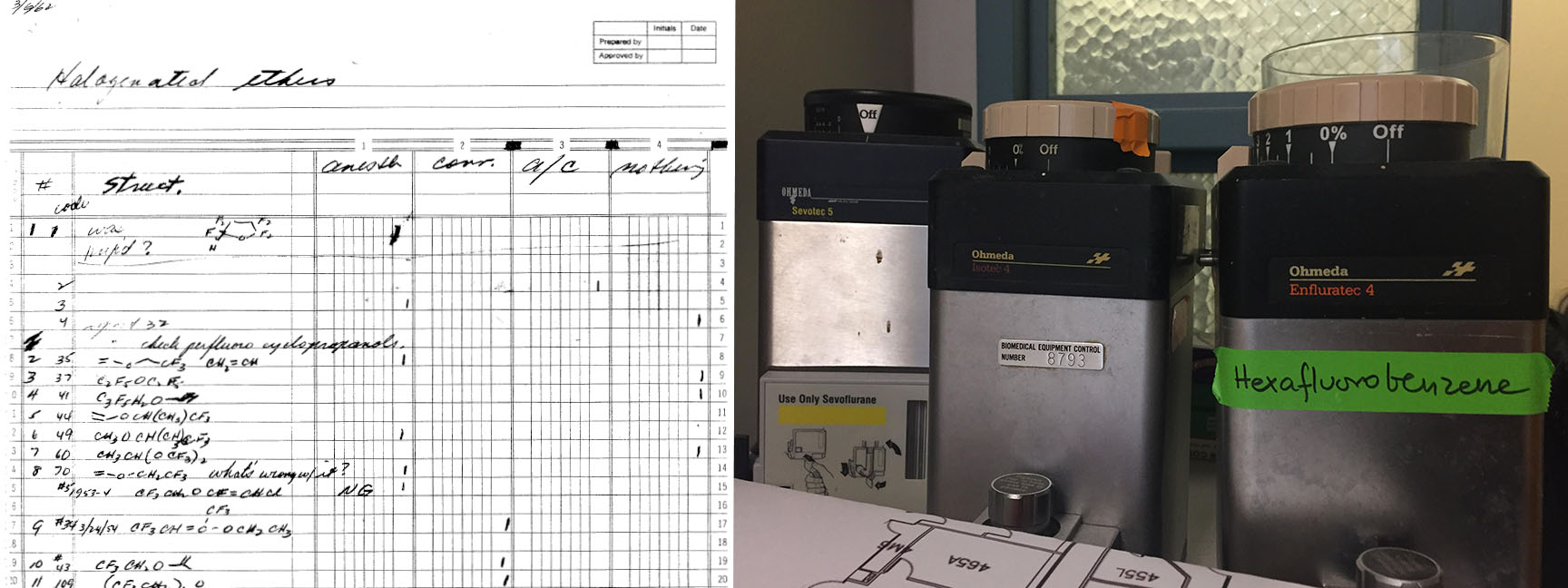
Dr. Eger is the author, co-author, or co-editor of seven books. The first, Anesthetic Uptake and Action, published in 1975, remains the definitive description of the principles of anesthetic pharmacology. The last, The Wondrous Story of Anesthesia, edited with Lawrence Saidman and Roderick Westhorpe, provides a definitive history.
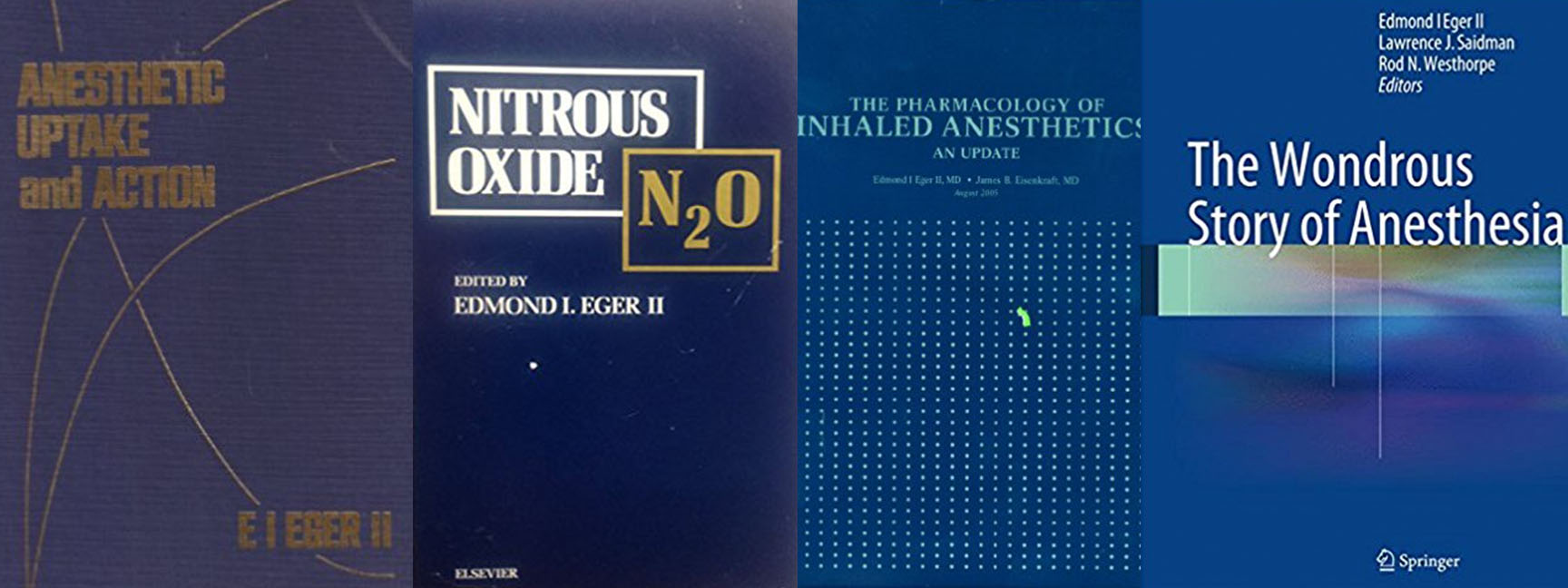

Fifty-five years ago, Dr. Eger founded and subsequently supported the Western Anesthesia Residents Conference, an annual meeting hosted by departments of anesthesia located in the western US inviting Anesthesia Residents to present results of their research. This Conference has thrived and grown over the years to a vibrant annual meeting well-attended by residents, department chairs, and anesthesia research faculty. The conference recently honored Dr. Eger by naming an annual lectureship after him.
Dr. Eger spent his final two decades as an investigator pursuing an answer to how inhaled anesthetics work. This is one of the oldest mysteries in pharmacology, resisting solving by all of the tools of modern molecular biology. Dr. Eger discovered tantalizing clues about how fundamentally different various anesthetics are, while also proving that anesthetics have less person-to-person variability than do other drugs. He showed that modern inhaled anesthetics can anesthetize any animal at doses similar to those in humans, that plants and even the most primitive forms of life, blue-green algae, can be anesthetized. No other drug behaves like this. But despite these clues and decades of work, the puzzle of exactly how anesthetics work remains unsolved.
An avid lover of nature, Dr. Eger hiked throughout the Sierra Nevada and completed the entire John Muir Trail three times; one of his favorite places was Yosemite’s Half Dome, which he last climbed on his 75th birthday with his entire family. Dr. Eger is survived by his wife of 21 years, Dr. Lynn Spitler; four children, Cris Cadence Waste, Dr. Doreen J. Eger, Edmond Eger III, and Dr. Renee R. Eger; two step- children, Dr. Diane Anderson and Paul Spitler; seven grandchildren, six step-grandchildren, and a half- brother, Larry Eger.
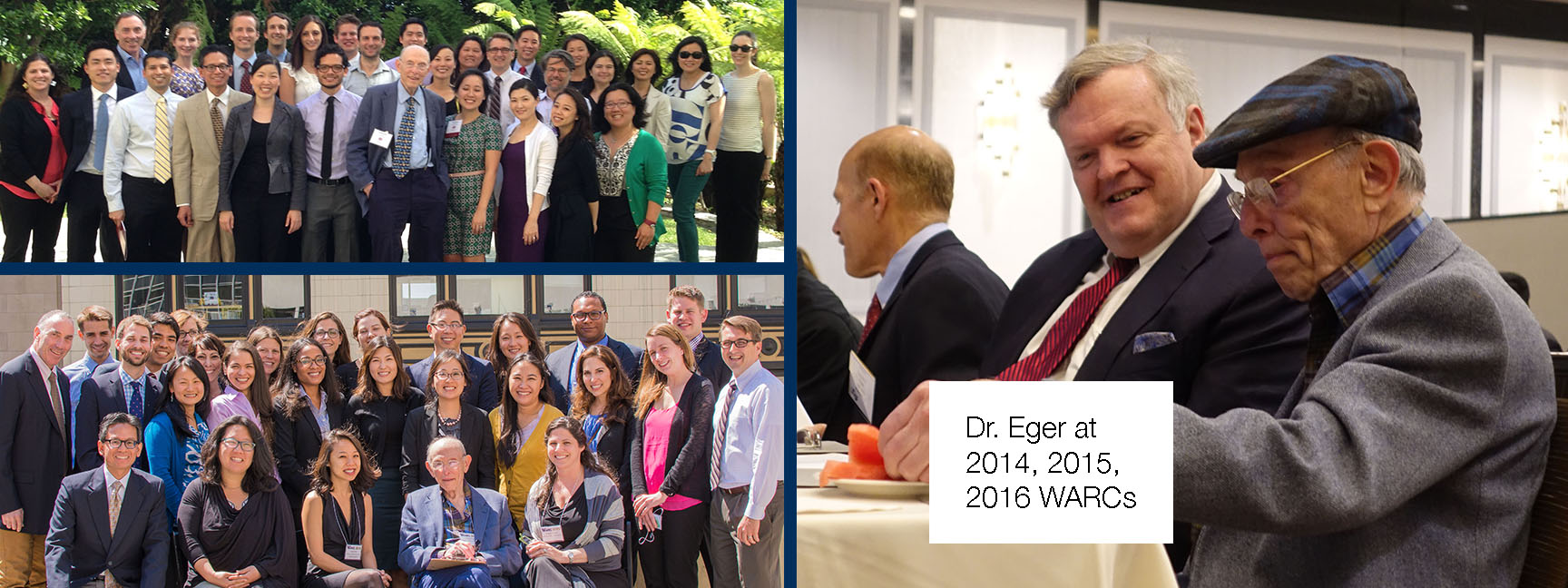
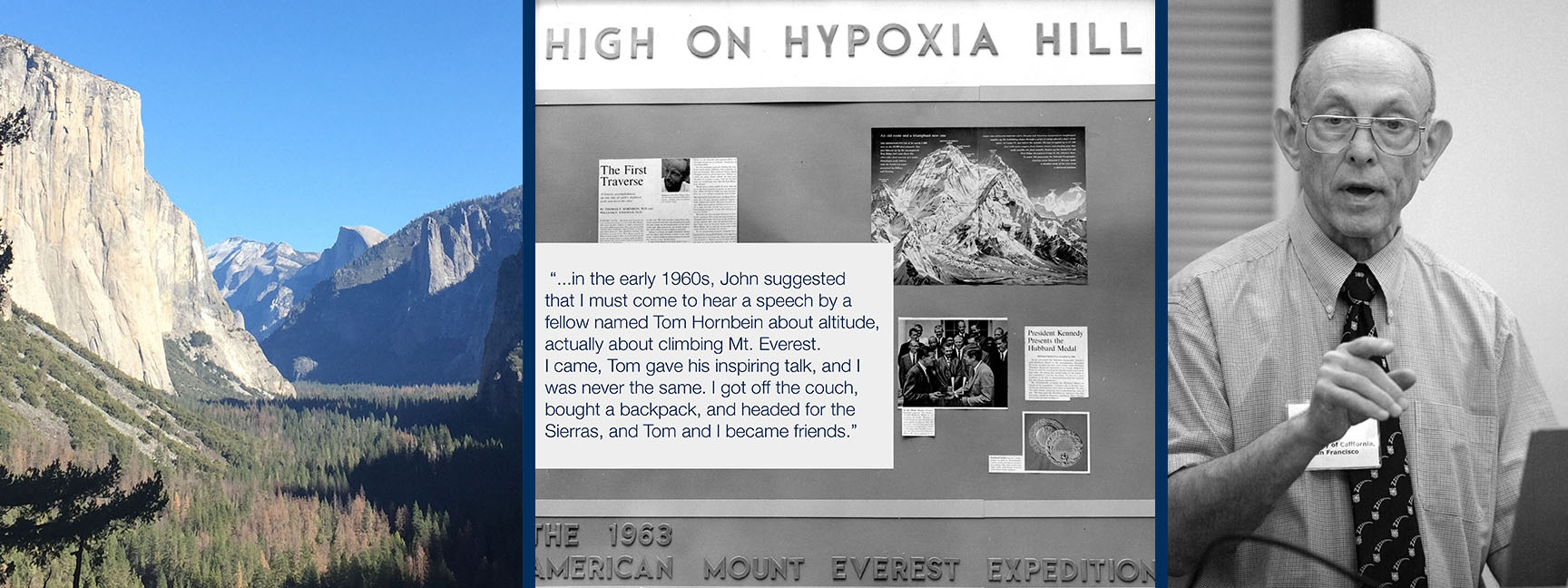
The Ted Eger Memorial Symposium Videos